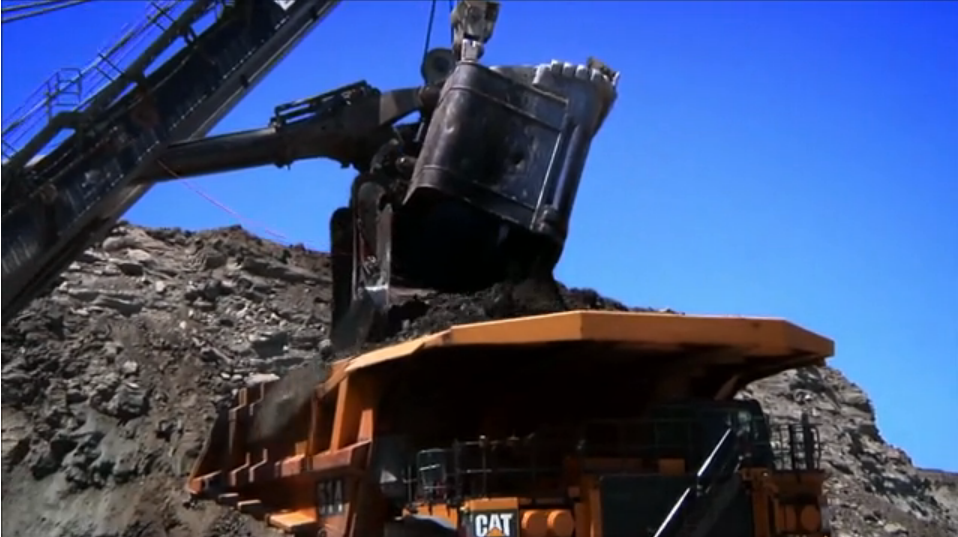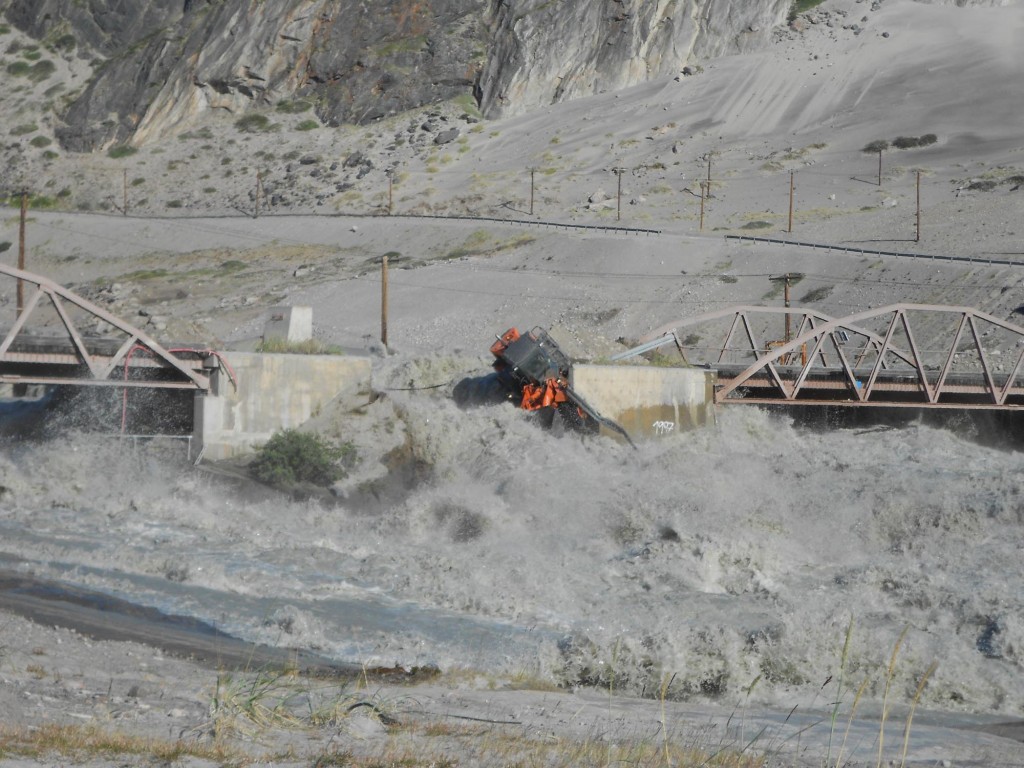Kerr (2013) recently provided a critical review of regional climate models (“RCMs”). I think his views have caused a stir in the regional climate model community. So what’s the buzz all about?
RCMs provide important input to many climate services, for which there is a great deal of vested interest on all levels. On the international stage, high-level talks lead to the establishment of a Global Framework for Climate Services (GFCS) during the World Climate Conference 3 (WCC3) in Geneva 2009.
[Read more…] about Should regional climate models take the blame?
References
- R.A. Kerr, "Forecasting Regional Climate Change Flunks Its First Test", Science, vol. 339, pp. 638-638, 2013. http://dx.doi.org/10.1126/science.339.6120.638

